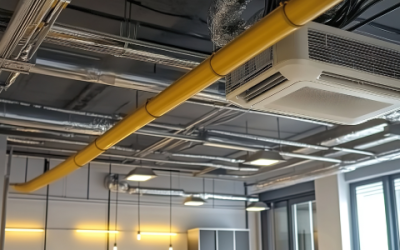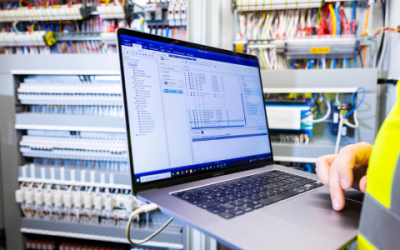As sustainability becomes central to operational strategy, Environmental,...
Understanding Workplace Lighting: Effects & Regulations
Appropriate lighting is essential for employee health, safety and...
Types of Industrial Ventilation Systems
Maintaining a comfortable, healthy and energy-efficient environment is...
What is ESOS? The Complete Guide
In today’s competitive landscape, compliance with regulatory frameworks...
ESOS Phase 3 Action Plans: A Comprehensive Guide
As energy efficiency becomes increasingly important, the Government’s Energy...
A guide to smart buildings
Imagine a building that can adjust its temperature, lighting and even...
How to Improve Ventilation in a Commercial Building
Effective ventilation is crucial for any commercial building, ensuring...
BEMS vs. Building Automation Systems: What’s the Difference?
When deciding between Building Energy Management Systems (BEMS) and...
Trends and Innovations in Building Energy Management Systems
As the need for sustainable energy consumption escalates, Building...
Have a Question?
Get in touch with the experts at Cube Controls to discuss your building management requirements and unlock your building's potential.









